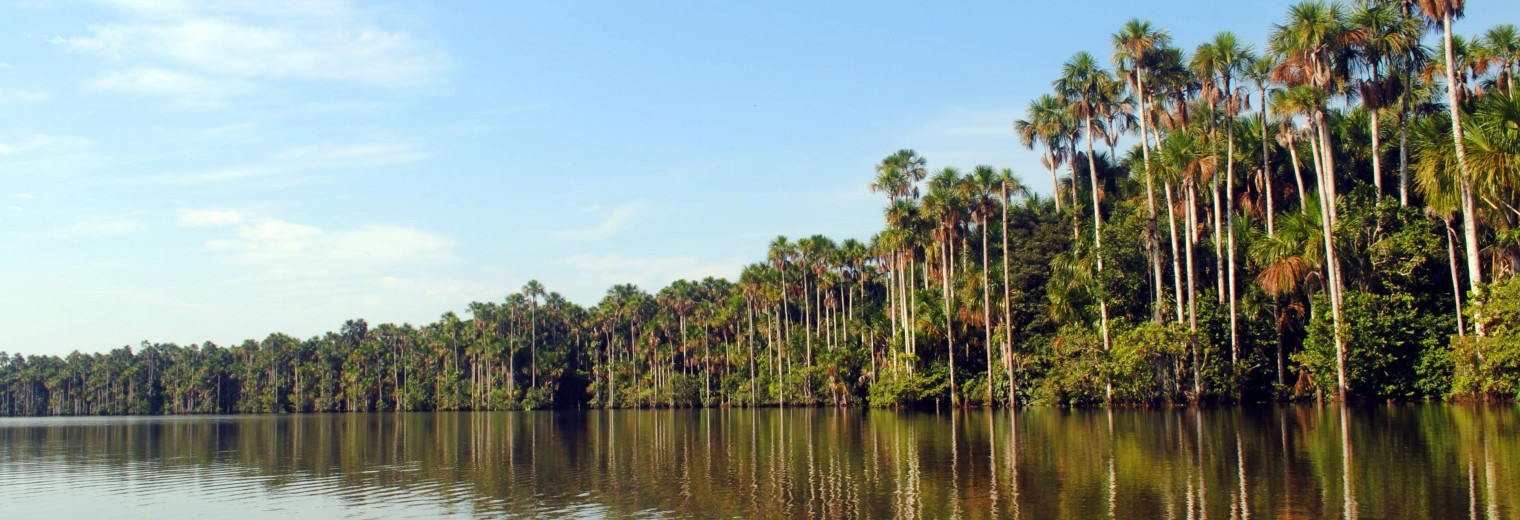Welcome back! In this post, I will look at a probable ecological (terrestrial biosphere) tipping point with potentially subcontinental to global impacts. The most notable tipping element under continual anthropogenic greenhouse gas induced warming would be a significant and relatively rapid dieback of the Amazonian rainforest. There is no better case study than a possible Amazon dieback to illustrate the widespread impacts of humans to the biosphere and the global cascading effects a collapse of local ecosystem may be capable of inducing.
Characterizing planetary tipping points within the biosphere, Barnosky et.al. 2012 argued that based on the characteristics of historical planetary tipping points, present day anthropogenic forcings are capable of causing an ever-increasing number of local-scale tipping points which will trigger transitions across a critical threshold over a larger area than the originally affected region (such as an Amazonian dieback) and eventually contribute to a global scale regime shift.
Amazonian Dieback
The general health and ecosystem functioning (provision and delivery of ecosystem services) of tropical rainforests are increasingly affected and dominated by anthropogenic activities and anthropogenically induced climate change (Lewis et.al. 2015). The Amazonian rainforest is the richest and most important region on Earth in terms of biodiversity and biogeochemical flows. It is currently increasingly subjected to human activities which has fundamentally altered the Amazonian landscape. It is with this alarming notion in mind when scientists proposed the possibility of a transition to a less biodiverse 'savannah' state if continually subjected to landscape stress and anthropogenic induced climate change (Blaustein 2011). When a certain threshold of biomass loss is passed, a much larger area of the Amazonian rainforest would be affected and would subsequently irreversibly transform into an impoverished state. Impacts of this may be subcontinental - the loss of the world's most biodiverse rainforest, or global - through the release of stored carbon (90-120 billion metric tonnes - 50% of tropical forest carbon!), thus capable of regulating global climate with potentially catastrophic effects on other tipping points (ice sheets stability, precipitation and evapotranspiration).
 |
| Trajectories of change in rainfall regime using multi-model GCM approach. Greyscale background indicates relationship between precipitation, water deficit and vegetation state |

No comments:
Post a Comment